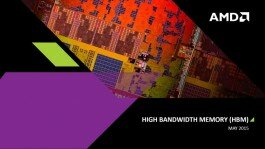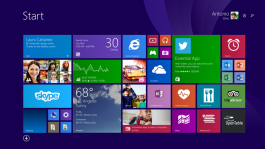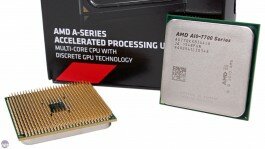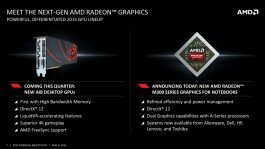2015 is looking to be a year for virtual reality as AMD joins the horse race of providing a VR experience to its consumers.
During the GDC, AMD took the stage revealing its own plans for a new SDK that is the LiquidVR. While we do know VR experiences can sometimes be an uncomfortable one due to motion sickness; the LiquidVR is designed to reduce these kinds of experiences. That being said, LiquidVR’s ultimate goal would be providing its users a smooth and stutter free VR experience.
LiquidVR’s Three C’s
Raja Koduri, CTO of Graphics for AMD, talked about the three primary ideas for the LiquidVR initiative, and it’s looking to be straightforward in context:
- Comfort – The LiquidVR is aimed to provide comfort by limiting issues with nausea by having an ultra-low latency between motion and photons.
- Compatibility – AMD assured users that all VR headsets are treated equally and provide the best experience by accommodating Oculus, HTC and others to operate as a simple plug-and-play style.
- Compelling Content – It is obvious that content should be focused on solid games and software to utilize VR. AMD has also stated that rendering is not limited to its own GPU’s, but is scalable across different hardware and multiple GPUs.

These goals are made possible by AMD’s four technologies:
- Late Data Latching – This means users’ head movements are tracked until the end of the frame render instead of until just the beginning. This idea could potentially save 5-10ms of delay.
- Asynchronous Shaders – This feature is to allow LiquidVR to handle the late latch correctly. This would mean LiquidVR can execute VR-specific post processing and while other renders are occurring.
- Affinity Multi-GPU – The benefit of this feature is to lower latency. It would also benefit developers with lower CPU overhead. It is also said that the it wouldn’t be limited to just two GPU’s but could support up to 5 GPU’s if the developer builds in support.
- Direct-to-Display – Its main goal is to provide compatibility between VR headsets. It is said that it would improve latency by going around the OS at times, and to make AMD support VR headsets from multiple sources easier.

Thoughts
Since a VR experience requires a lot of GPU power, I say who is better to provide one than one of the world’s leading GPU providers? Its release however is not determined yet, but it’s aimed to hit the market as soon as the time consumer VR headsets also hit the market.






